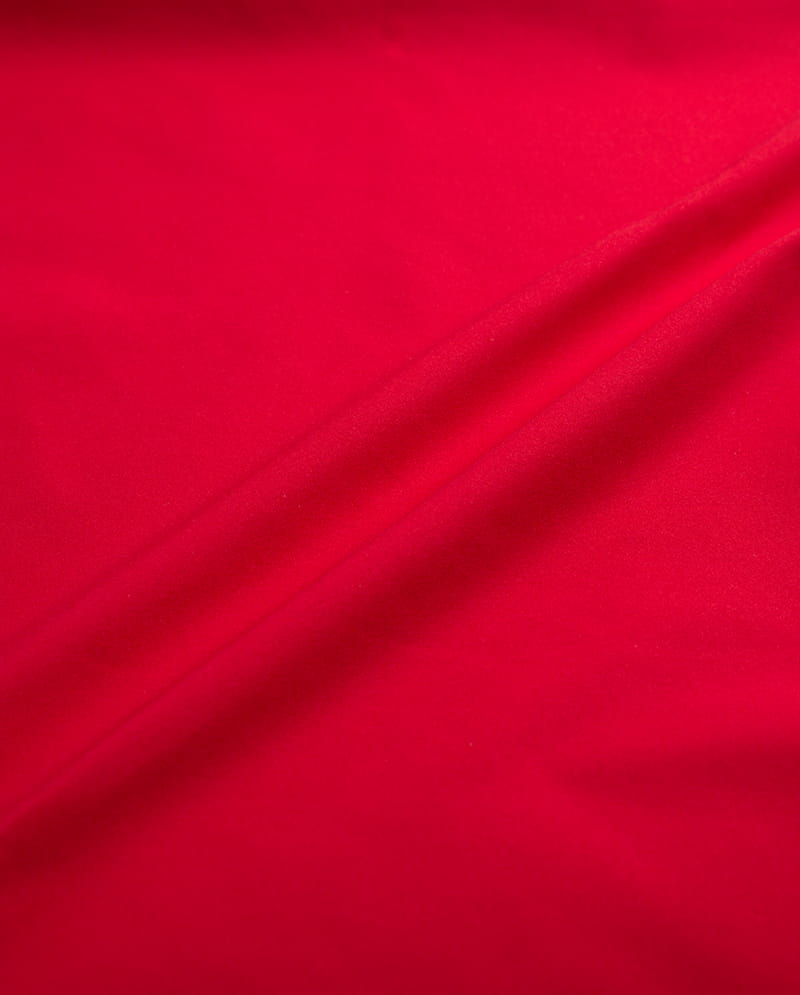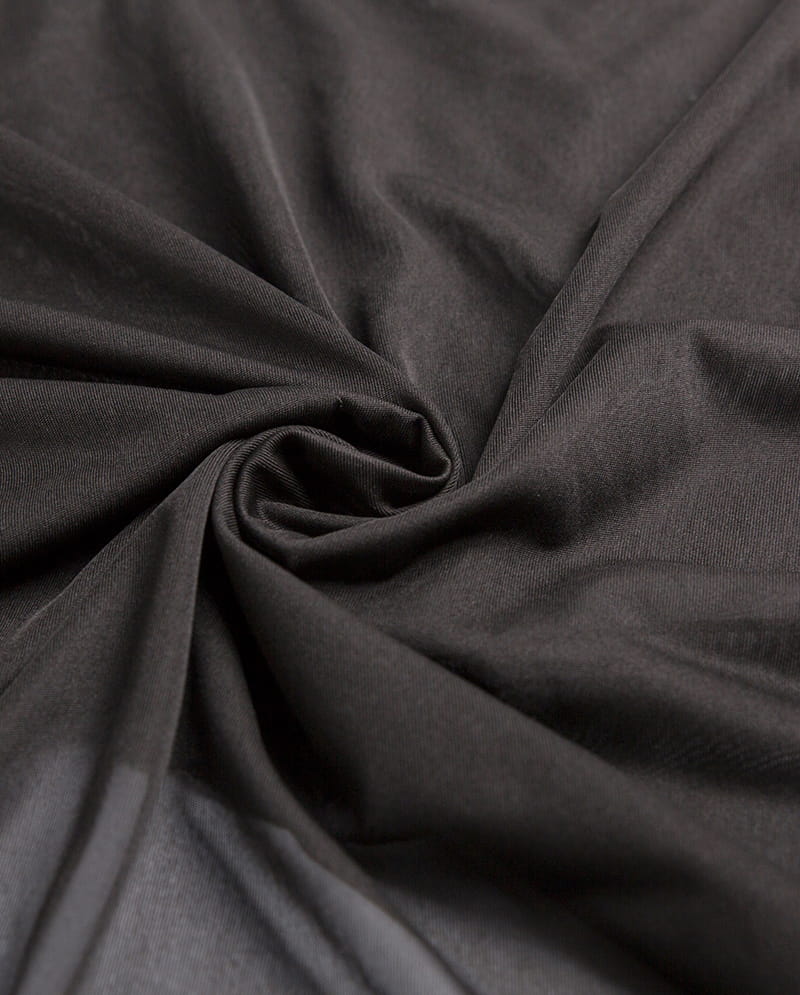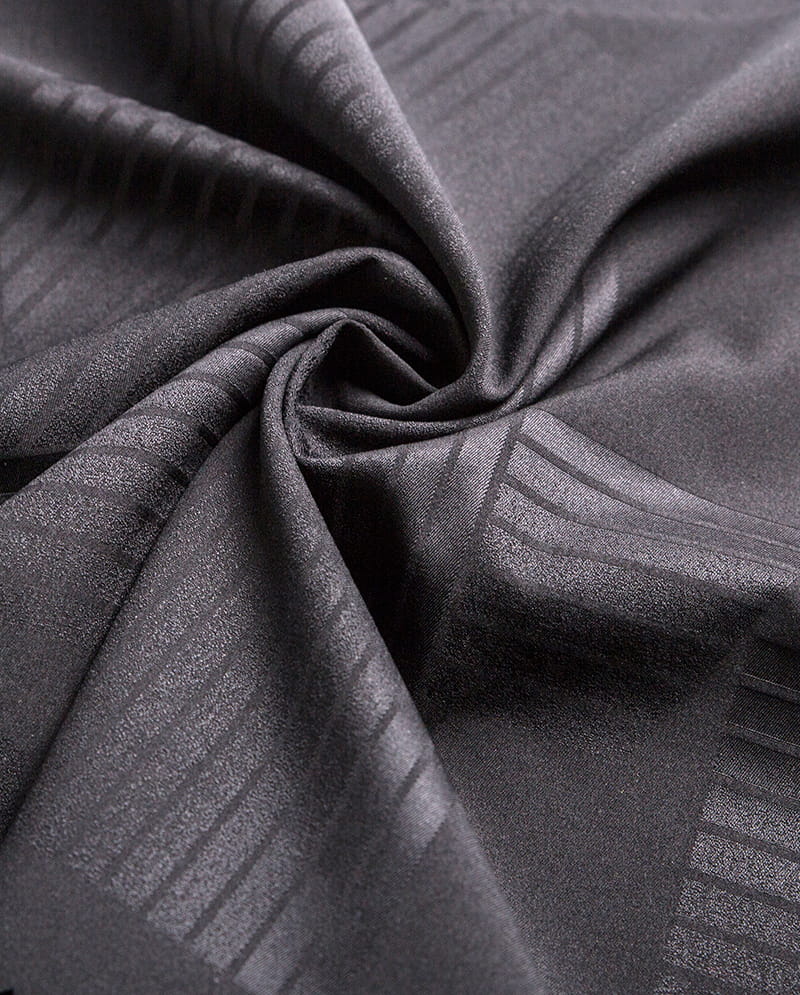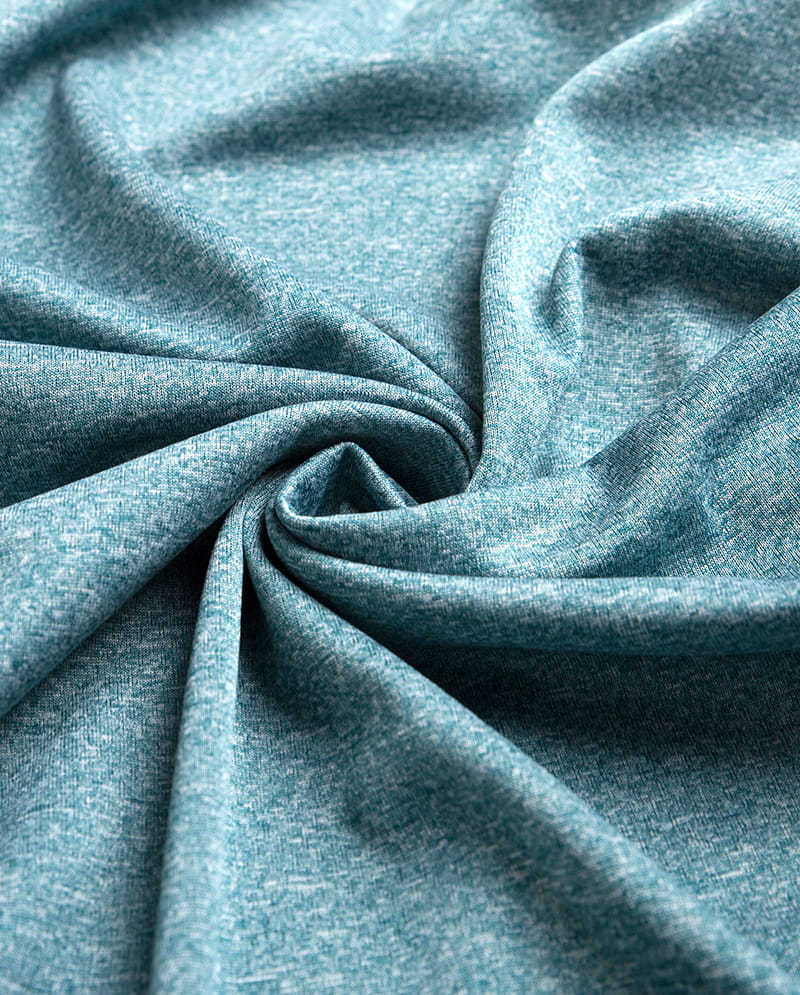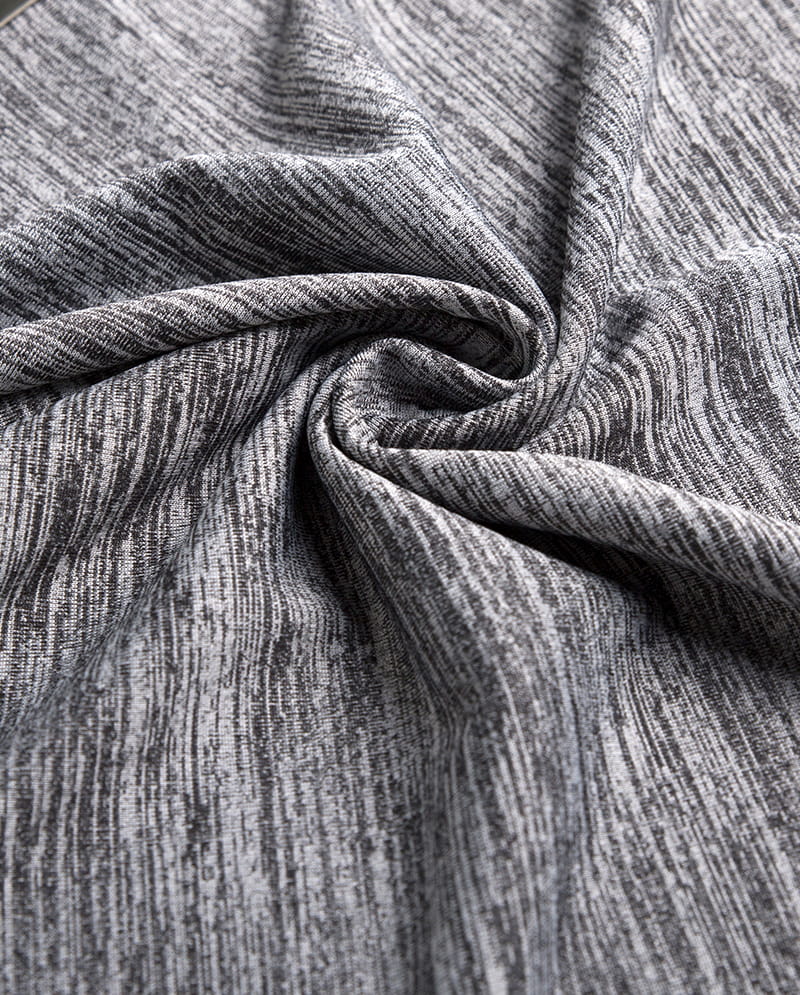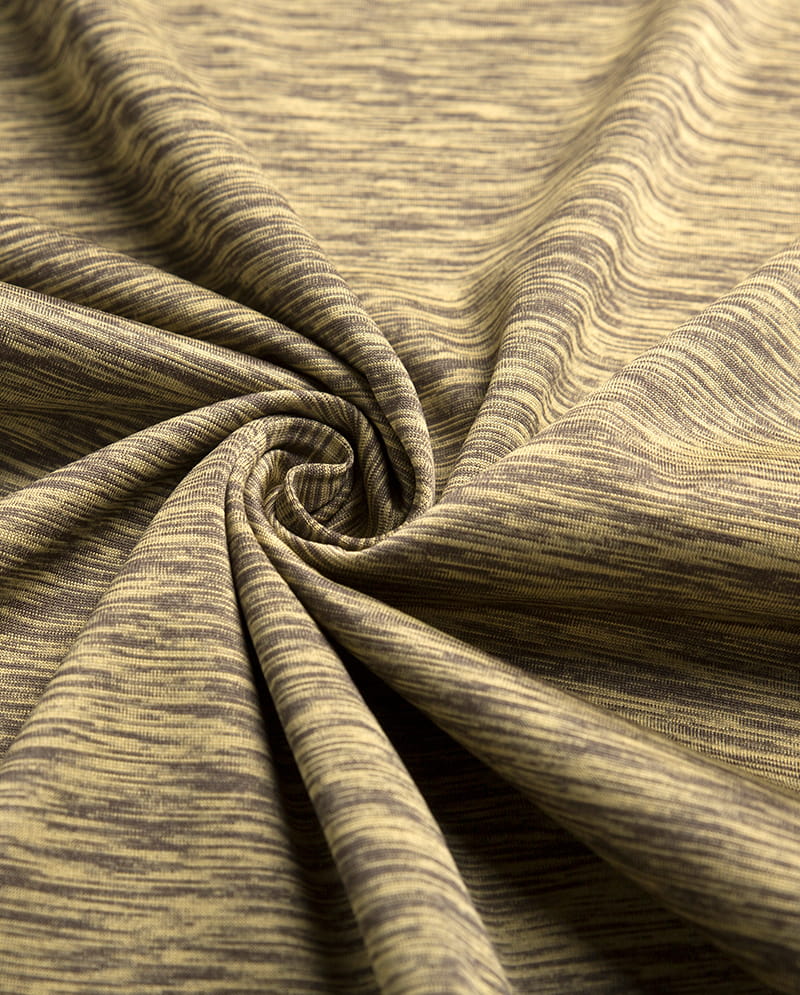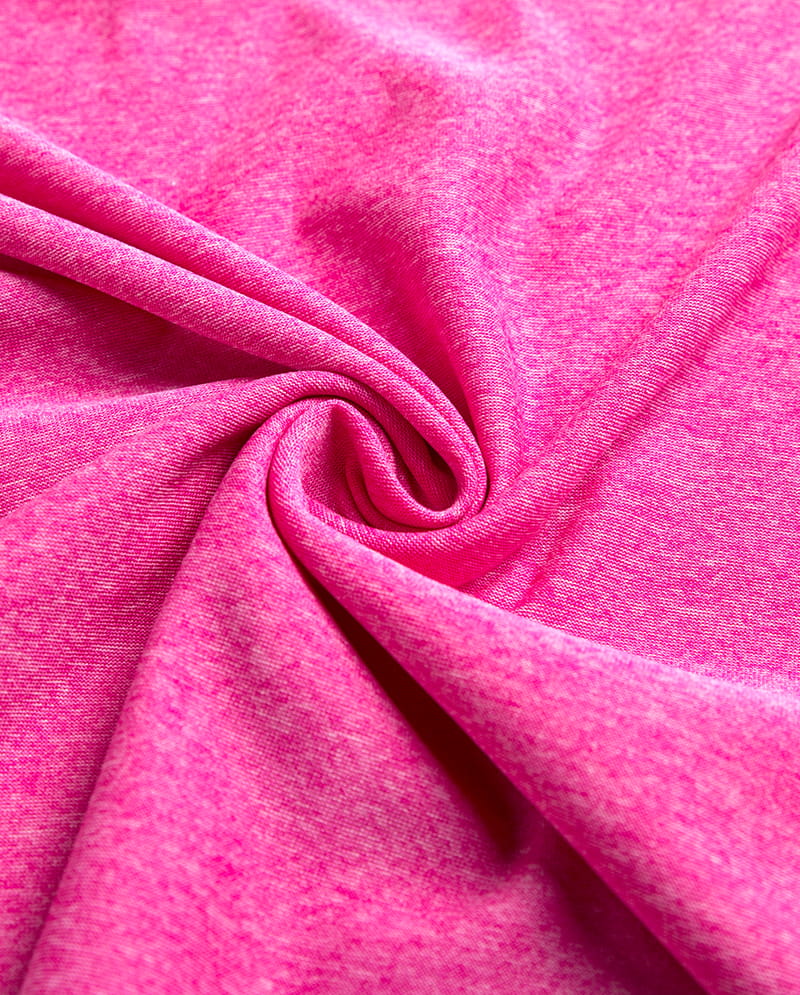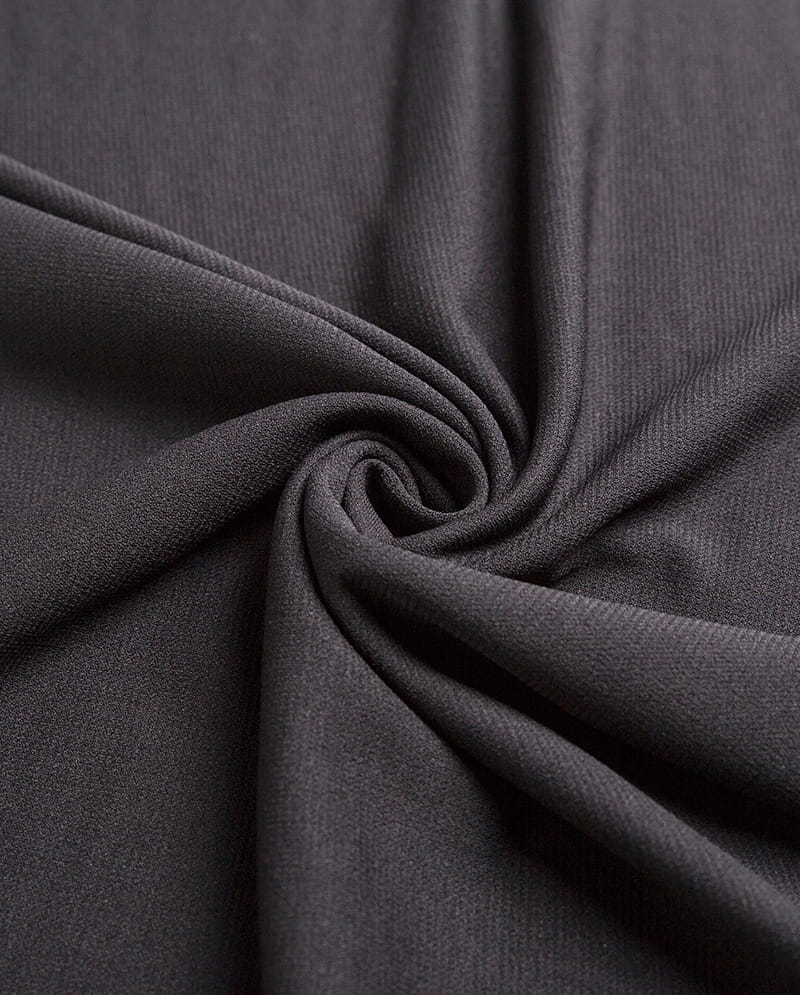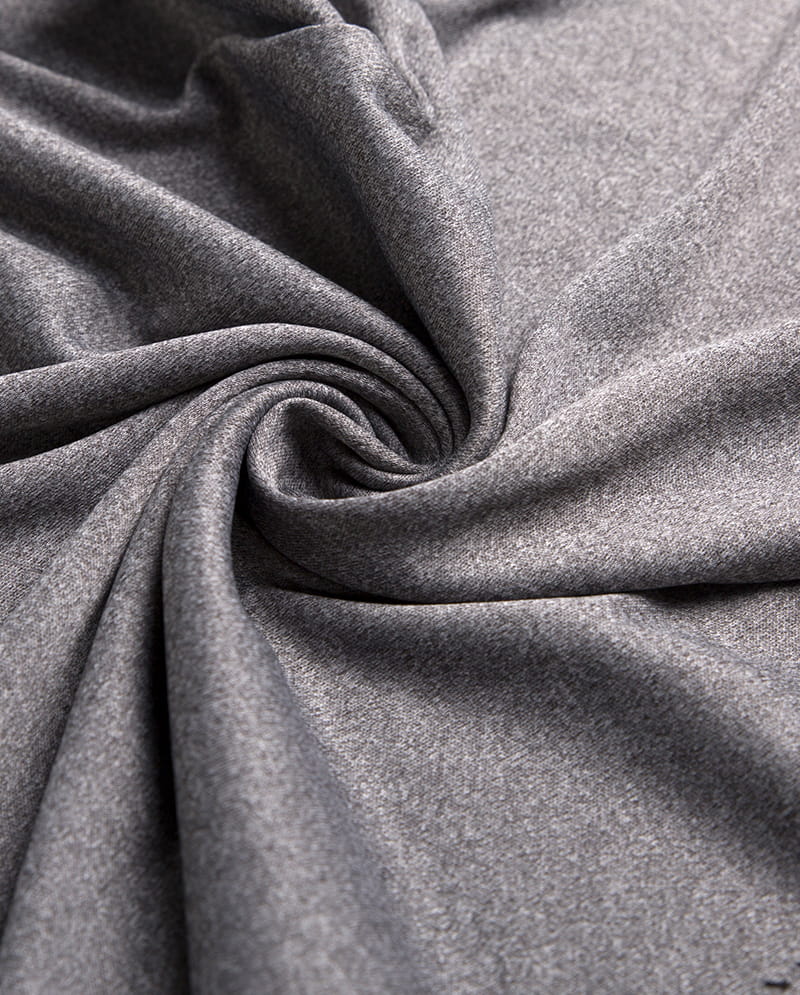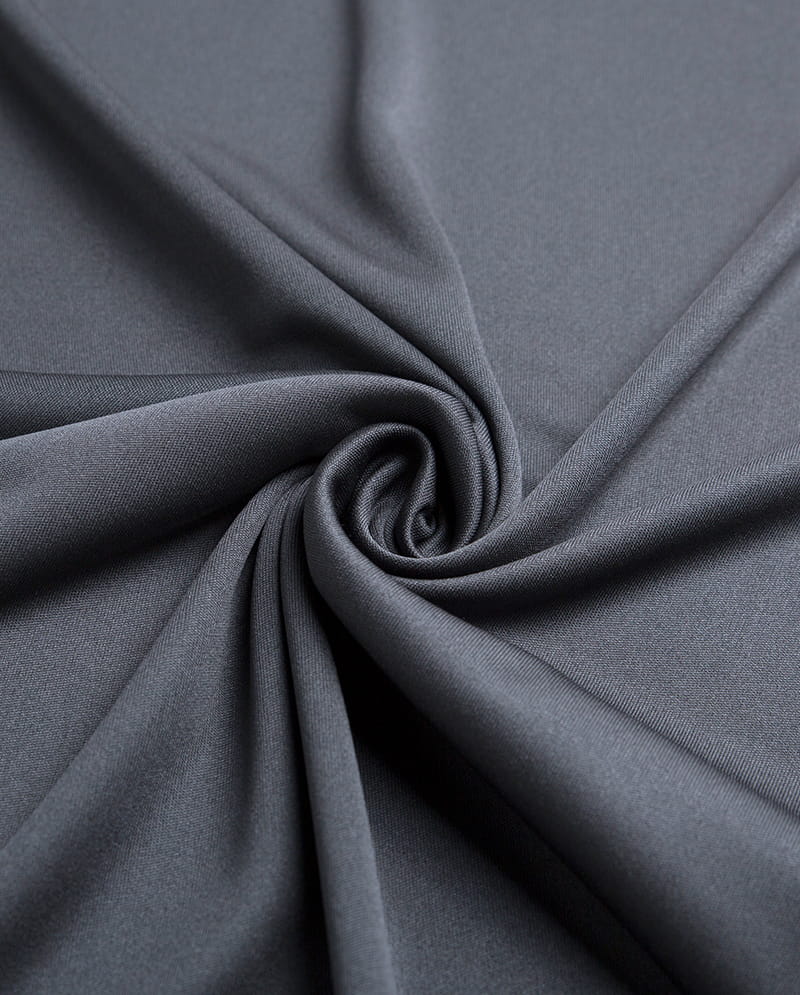How is the softness and drape of knitted fabric?
Author: admin / 2023-09-22
The softness and drape of knitted fabric can vary significantly depending on several factors, including the type of yarn used, the knitting technique, and the specific design or stitch pattern. Here's a closer look at these aspects:
Softness:
Yarn Type: The choice of yarn is a primary factor influencing the softness of knitted fabric. Natural fibers like cotton, silk, and fine merino wool are known for their softness, while synthetic fibers like acrylic can also provide a soft feel. Blends of different fibers can achieve a balance between softness and other properties like durability.
Yarn Fineness: Finer yarns generally result in softer fabrics. For example, a fabric knitted with a fine gauge yarn will typically feel softer than one knitted with a bulkier yarn.
Fabric Construction: The knitting technique and stitch pattern used can affect the softness of the fabric. Some stitches, like the garter stitch or stockinette stitch, create smoother and softer surfaces, while more textured patterns like cables or ribbing can add a different tactile quality.
Finishing: The finishing processes applied to the fabric after knitting can also impact softness. Washing, blocking, and softening treatments can enhance the fabric's softness.
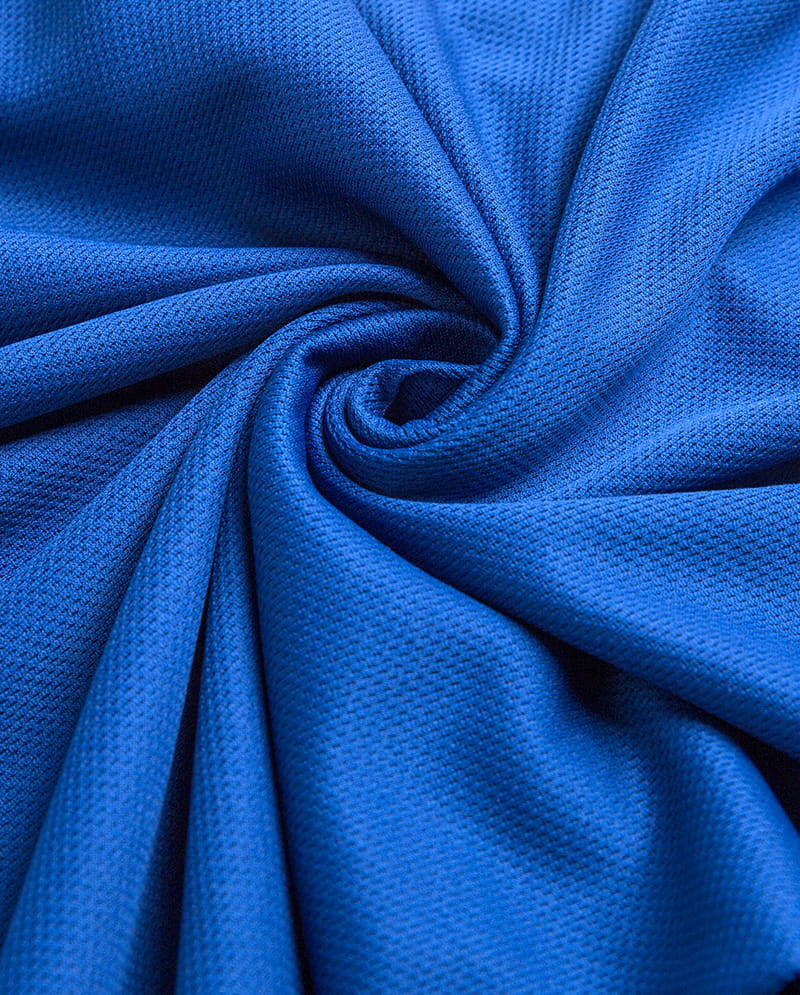

Drape:
Yarn Weight: The weight or thickness of the yarn used can influence the drape of knitted fabric. Lighter-weight yarns tend to create fabrics with more fluid and delicate drape, while heavier yarns result in fabrics with a stiffer or more structured drape.
Stitch Pattern: The stitch pattern or texture of the fabric can affect its drape. For instance, lace knits with openwork patterns often have an airy and graceful drape, while denser stitches may produce a more substantial, less fluid drape.
Fabric Width: Wider pieces of knitted fabric can have a more flowing drape, as they have more fabric to drape and fold.
Bias Draping: Knitted fabrics, due to their stretchability, can be draped on the bias (diagonal), which can create interesting drape effects. Bias draping is often seen in garments like bias-cut dresses.
Garment Design: The design of the garment or item being made can also influence drape. For example, a loose-fitting, oversized sweater may have a more relaxed drape compared to a form-fitting dress.
Blocking: The blocking process, which involves shaping and setting the fabric after knitting, can significantly affect drape. Proper blocking can enhance the drape and overall appearance of the finished garment.

 English
English 中文简体
中文简体